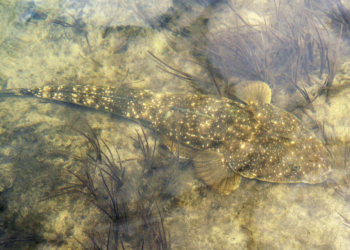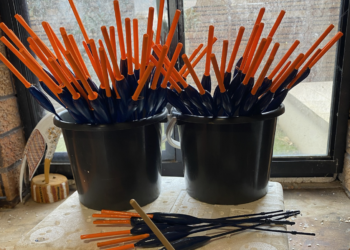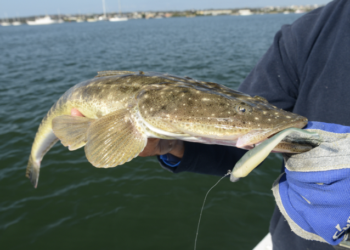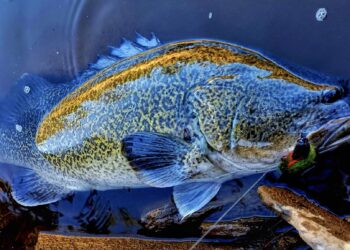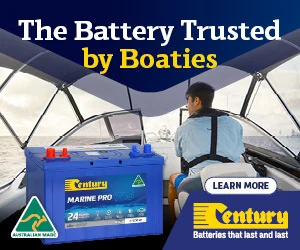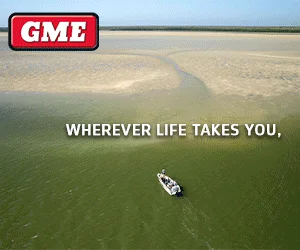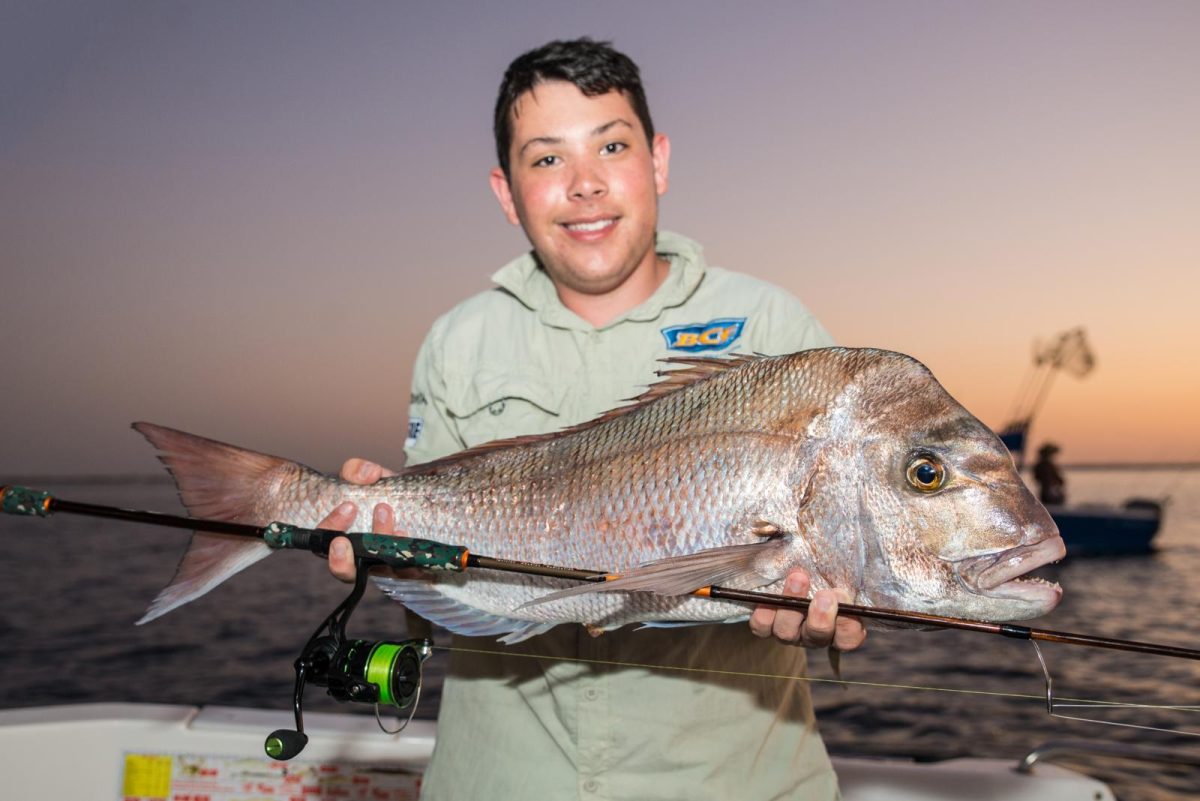
A FAIR chunk of my time was dedicated to chasing snapper in a deep water, offshore environment. It required a slightly different approach in regards to technique and gear in comparison to our usual inshore shallow water tactics.
Whilst our hands are temporarily tied here in many popular pares of South Australia due to a drastic management plan, the same methods are still completely translatable and relevant to other deep water snapper fisheries, not only in the south-east of my home state, but all around the country too. So in order to speed up the learning process let’s take a further look at what’s involved to get in on some of the snapper action that the deep water zone is capable of delivering.
PROSPECTING THE DEEP
Locating deep water snapper populations requires a bit of work prospecting the systems that lie within trailer boat reach of launching facilities. With vast expanses of water and ground to cover it’s pretty unlikely you’ II get out and brain the fish on your first few attempts until you get a feel for the areas you’re working. No matter how much time I’ve spent fishing offshore rarely a week would go by where I wasn’t drawn to the charts in search of new areas I may not have yet considered. Any slight rise or ledge over hard reefy bottom in open snapper country may be enough to hold some bait and there’s a fair chance the fish won’t be far behind. Don’t necessarily get too hung up on the biggest, steepest lump or rise you can find as these grounds can typically hold a lot of fish but not necessarily of the right variety. In these sorts of areas it may be better searching away from the main lumps but still within close proximity as you never know what’s holding nearby. Deep water snapper schools can be quite mobile over vast reef systems and they’re rarely sitting in exactly the same spot each and every time you visit, but the likelihood of them being within the area is fairly high. For this reason I spend a fair chunk of time sounding thoroughly upon arrival before a line is even sent down. It is inevitably location dependent but we’ve found good numbers of offshore reds in around 30-60m deep and have even encountered them in up to 80m of water.
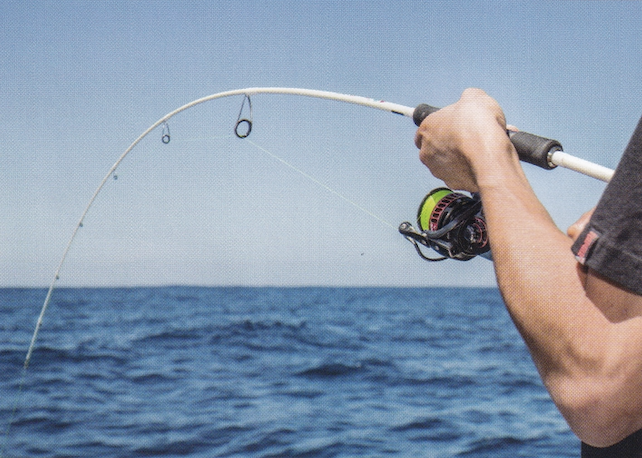
Fishing these sorts of depths accurately with regular success requires sound knowledge of your sonar electronics. GPS mapping systems will give you a massive head start as you can pinpoint areas and map out a plan of attack to target the hot spots. This sort of fishing is usually undertaken on the drift so if you can align your boat with the right track lines then you’ll consistently be hitting the right patches where the fish are holding. It’s only a matter of deciding whether you’ll drop a bait or lure down but with snapper behaviour frequently changing even across a short fishing session I prefer to start out with both options to see what the fish are preferring at the time and then mimic the more effective offering.
DEEP WATER RIGGING
Gearing up to chase deep water reds with bait requires outfits to be on the heavier side of standard inshore gear which may be considered overkill to many but for good reason. 30- 50lb gear is fairly common amongst the offshore bait fishos as you’ II generally be dealing with sinkers upwards of 4-8oz in weight depending on your location, tide and depth. Simply put, a light rod and reel setup will struggle to handle this sort of weight. Deep water reef systems can also be home to some rather large by-catch with anything from jewies or sharks through to big yellowtail kings being possible when using baits within respect to your location around the country. You’ll certainly be kicking yourself if you’ve opted for the light tackle option when a big reef chug decides to take a liking to your bait! In saying this even big snapper can put a solid bend in 50lb gear but the difference is they’re certainly not going to destroy you on the reef below. As usual, out deep braided mainline is a given for bite detection so leave the mono spools at home. Double dropper paternoster rigs work best for bait applications and a leader of at least 60- 80lb is recommended for greater resistance against any harsh reefy terrain that potentially lies below. Don’t be concerned about the finesse side of things with ultra-light leaders. We’ve found that deep water reds aren’t overly gun shy, unlike their more shallow water counterparts that spook easily. Keeping things on the beefier side for extra reassurance against by-catch or the reef is therefore a simple decision. Tailor your hooks to the size of the snapper you’re intending to catch and the baits that go with it. I usually opt for a slightly bigger hook on the reefs with something around 6/0-9/0 in size in an octopus j-hook style. This might seem rather large to many with traditional snapper hooks often sitting around 4/0-6/0 in size, but I’ve never had any issues with staying connected to snapper of varying sizes from small to large. In saying this, South Oz reds are often on the slightly bigger side of things in comparison to other interstate fisheries.
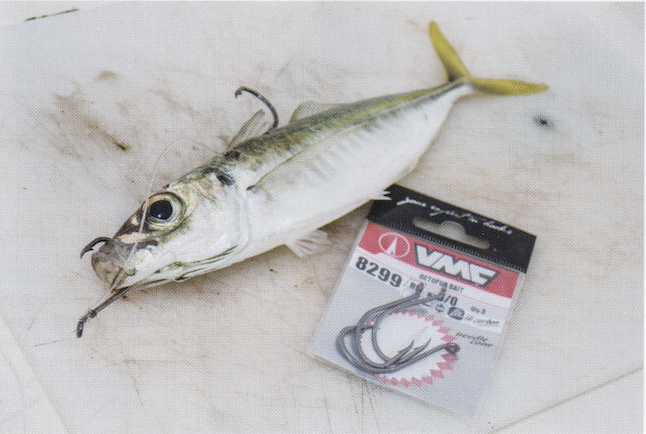
Circle hook enthusiasts need not despair as there is certainly no reason why you can’t incorporate them into your rigs provided they’re fished in true circle style. This involves keeping your hook point well exposed when threading baits on and waiting for the rod to load up on a fish as opposed to striking at each and every bite. As a slight hybrid option you could consider at a large wide-gape hook which have similar characteristics of a circle hook but seem to respond better with hook-ups when striking at bites.
Bait choices are endless but this is not overly new information with anything from squid and cuttlefish through to fillets or chunks of fish working on deep reef snapper. Fresh is always best if you can get your hands on it but we’ve still hooked into plenty of fish on old bait that has probably been defrosted and re-frozen again on a handful of occasions. Snapper really are scavenger feeders at times that don’t necessarily command too much time or thought placed into premium baits and intricate presentations let alone in the deep water zones.
ARTIFICIAL INTELLIGENCE
Away from the bait side of things and lures continue to grasp the attention of many snapper enthusiasts providing offshore fishos with the best opportunity to drop down a notch in tackle rating. They have undeniably been my preferred method to specifically chase these reefy reds not only because they work consistently but it’s much less pain staking than winding up heavy sinkers and checking baits all day long. My preferred deep water snapper lure outfit consists of a pe2-4 setup in either spin or overhead. It’s okay to go even lighter again if needed but an outfit of this calibre is still extremely light-weight to use for a session with enough grunt to handle heavier lures or even put the hurt on bigger fish if needed.
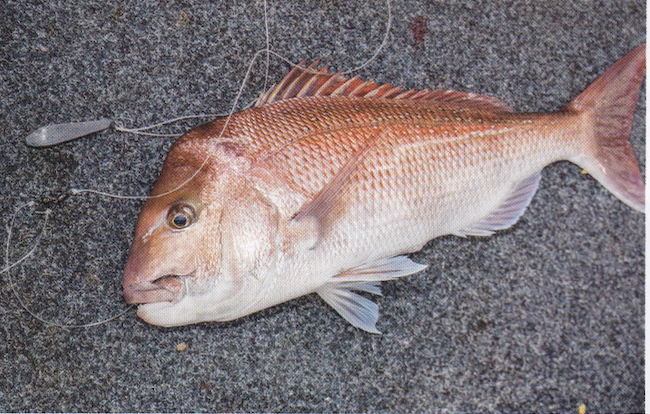
Micro jigs are the number one lure choice out here as they get down into the strike zone quickly in a bit of tidal flow thanks to the heavy weight maintained within a micro lure size. Smaller lure profiles catch less drag on the way down and they also tend to get eaten more readily by snapper of all sizes bur larger jigs can still work well too at times.
There’s a plethora of micro lure options on the market nowadays but the Storm Koika or Slow Rocker jigs in the 60-80gm weight vicinity have certainly been standout performers for me over the years. These leaf profiles seem to flutter a little bit more on the drop and that extra second or two of hang time can often be the difference between getting belted or not by a feisty red. Soft plastics work well too but are a little harder to fish down deep in comparison. Generally speaking the weights involved are much less with 1-1.5oz jigheads considered to be fairly standard.
Heavier jighead options exist but I’ve found it much more challenging to work them effectively. Large grub or shad style plastics are the preferred soft plastic choice because of their deadly tail flutter on the drop that often proves irresistible to hungry snapper.
Jerkbait profiles are in my opinion better suited to the more shallow inshore snapper scene where you can fan casts out and hop them back to the boat in order to impart a little extra action which is much trickier to do out deep. Whichever style of artificial you decide upon what seems to remain consistent is that the fish are often attracted by quick violent jerks and then proceed to nail the lure on the pause or drop.

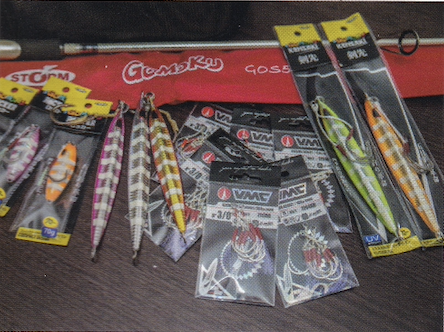
If fishing on the drift in deep water it’s fairly routine practice to lob your lures down-drift so by the time it gets to the fish you’re basically sitting right on top of it in a vertical manner to work it effectively.
This snapper strike zone often consists of the bottom 10-20m of water but as with any deep water environment it’s not unusual to have large bait schools sitting mid-water and sometimes the snapper are hot on their heels looking to pick off an easy feed.
Once again utilising your sounder readings will help determine where exactly to be working your lures. It’s an addictive form of fishing trying to time and pinpoint your presentations to perfection in the face of a hungry snapper which is consequently accompanied by a sense of achievement when that rod doubles over. And once the results become a little more consistent it’s pretty obvious to see what makes this style of fishing so enjoyable yet equally effective.












